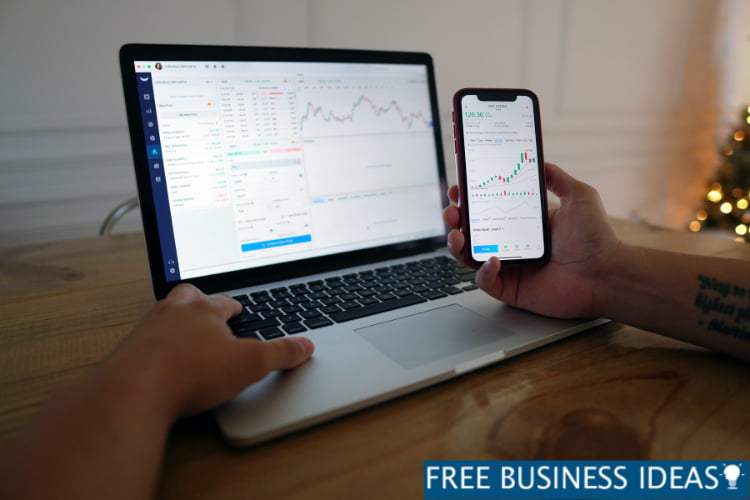Forex trading is a rapidly growing industry, and there are many different indicators that you can use to make profitable trades. In this article, we’re going to discuss some of the most popular indicators for forex trading in the United Kingdom. We’ll also provide tips on best using these indicators to your advantage. So, if you want to get into forex trading, read this article.
What are the most common indicators used in forex trading in the United Kingdom?
The most common indicators used in forex trading in the United Kingdom include:
Moving Averages- One of the most popular indicators used by forex traders is the moving average. The moving average is a line plotted on a chart showing a currency’s average price over time. For example, if you’re looking at a 20-day moving average, it will show you the average price of the currency over the past 20 days.
Bollinger Bands- Bollinger bands are another popular indicator used by forex traders. They are two lines that are plotted on a chart, and they indicate the level of volatility in the market. If the market is more volatile, the lines will be further apart. If the market is less volatile, the lines will be closer together.
MACD- MACD is a technical indicator for moving average convergence divergence. MACD is used to measure the momentum of a currency pair.
RSI- RSI is a technical indicator that stands for relative strength index, and RSI is used to measure a currency pair’s strength.
How can you use these Indicators to my Advantage?
You can use these indicators to your advantage in a few different ways. First of all, you can use them to confirm price movements. For example, if you see a price move on the chart and are unsure if it will continue, you can look at an indicator like the MACD or RSI to see if there’s momentum behind the move. It can help you make more informed decisions about whether or not to enter a trade.
Another way to use these indicators is to help identify potential entry and exit points. For example, if you see a price moving in a particular direction and want to jump on board, you can look for an indicator like the Fibonacci Retracement tool to help you find potential entry points. Similarly, suppose you’re looking to exit a trade. In that case, you can use an indicator like the Bollinger Bands to help you identify when prices are overextended and might be due for a correction.
Finally, you can also use these indicators to help you set stop-loss and take-profit levels. You can minimize your risk and maximize your potential profits by identifying key price levels.
All in all, indicators can be a helpful tool for forex traders of all levels. By understanding how they work and how to use them effectively, you can give yourself an edge in the market. Remember, however, that no indicator is perfect and that you should always combine them with other forms of analysis before making any trading decisions.
What Should you Watch out for When Using Indicators?
It helps if you watch out for a few things when using indicators. First of all, you need to make sure that you’re not relying too heavily on them. Remember, no indicator is perfect, and it should only be used as one part of your overall trading strategy.
You need to be aware of the different types of indicators and how they work. As we mentioned earlier, there are a variety of different indicators out there, and each one works in a slightly different way. Before using it in your trading, ensure you understand how each indicator works.
It helps if you are also mindful of false signals’ potential. It is when an indicator gives you a signal that doesn’t pan out in the market. It can happen occasionally, so it’s essential to be aware of it and use your other forms of analysis to confirm any signals you receive.
How to Start Using Indicators in your Trading?
If you’re interested in using indicators in your forex trading, there are a few things that you need to do. First, you must understand how they work and what they’re used for. As we mentioned earlier, no indicator is perfect, and you should always combine them with other forms of analysis before making any trading decisions.
Once you understand how indicators work, you need to experiment with a few different ones to see which ones work best. Different traders prefer different indicators, so it’s crucial to find the ones that suit your trading style.
Finally, once you’ve found a few indicators you like, you need to start incorporating them into your trading strategy. Make sure you’re using them as part of a broader strategy and not relying too heavily on them.
